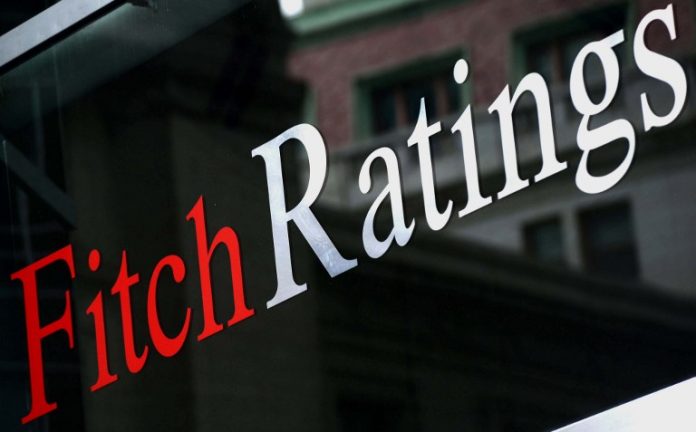Fitch Ratings has downgraded Sri Lanka’s Long-Term Foreign-Currency Issuer Default Rating (IDR) to ‘CCC’.
The downgrade reflects Sri Lanka’s increasingly challenging external-debt repayment position over the medium term. In particular, a sharp rise in the sovereign debt to GDP ratio associated with the coronavirus shock and narrowing financing options have heightened debt sustainability risks, the rating agency said on Friday.
Sri Lanka’s external funding needs are substantial over the medium term, and in our view, risks to the sovereign’s ability to meet its external-debt service obligations have increased.
The government’s external-debt obligations amount to US$23.2 billion between 2021 and 2025 or about $4 billion annually, against FX reserves at end-October of just $5.9 billion.
The sovereign’s financing and debt service challenges are exacerbated by its existing financing model, which has resulted in very high general government interest to revenues ratios. The average interest to revenue ratio from 2016 to 2020 is about 50%, substantially above the ‘CCC’ peer median of about 11%.
“The authorities plan to meet their external-debt obligations in 2021-2025 through a combination of sources, including bilateral, multilateral and commercial financing, but in Fitch’s view, access to such external financing options will become more challenging against the backdrop of already high debt levels and an expected further weakening of government debt dynamics.
Meanwhile, Fitch believes that financing conditions for potential market issuance have tightened materially, notwithstanding the reduction in political and policy uncertainty following the completion of parliamentary elections in August 2020 and submission of the draft 2021 budget in November,” it said.
Fitch said it thinks there are now increasing risks to Sri Lanka’s ability to meet its external-debt repayments as reflected in Fitch’s forecast of a steady decline in FX reserves in 2021 and 2022.
In the 2021 budget, the authorities have planned external borrowings of project and programme loans mostly through bilateral and multilateral sources (about $1.8 billion), as well as foreign commercial loans (about $1.4 billion) for budget support. The authorities do not currently anticipate a financing arrangement with the IMF.







